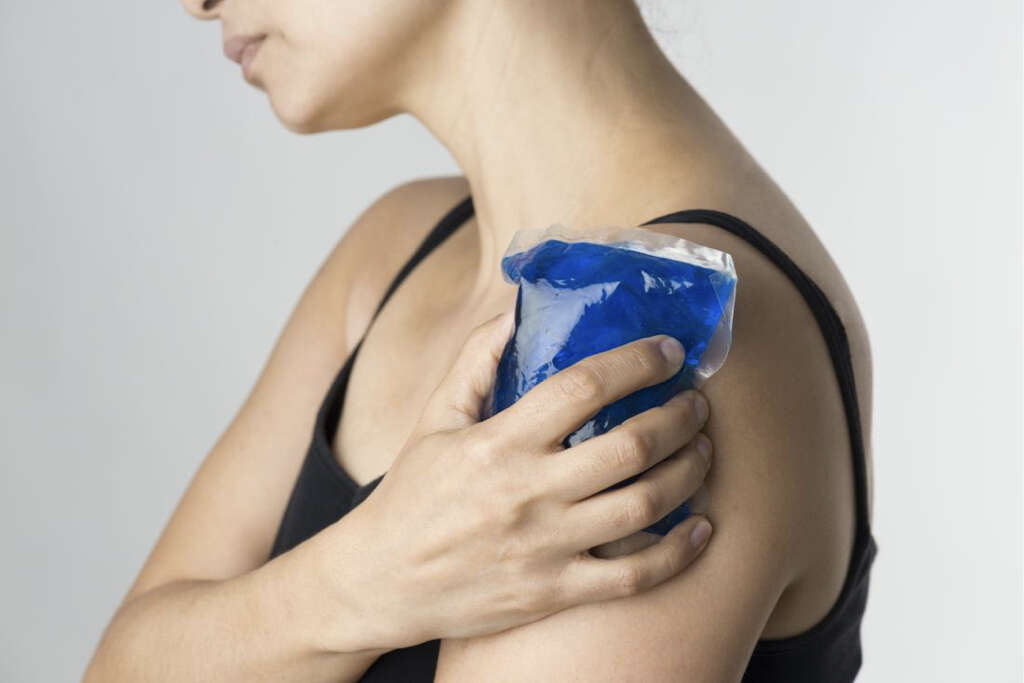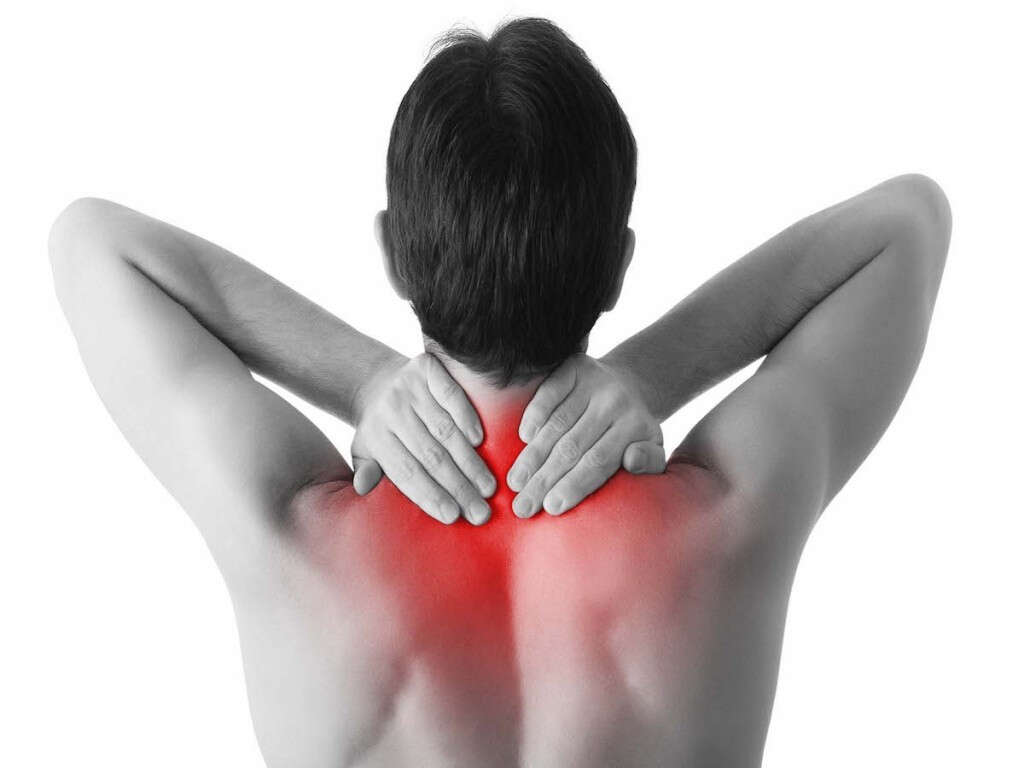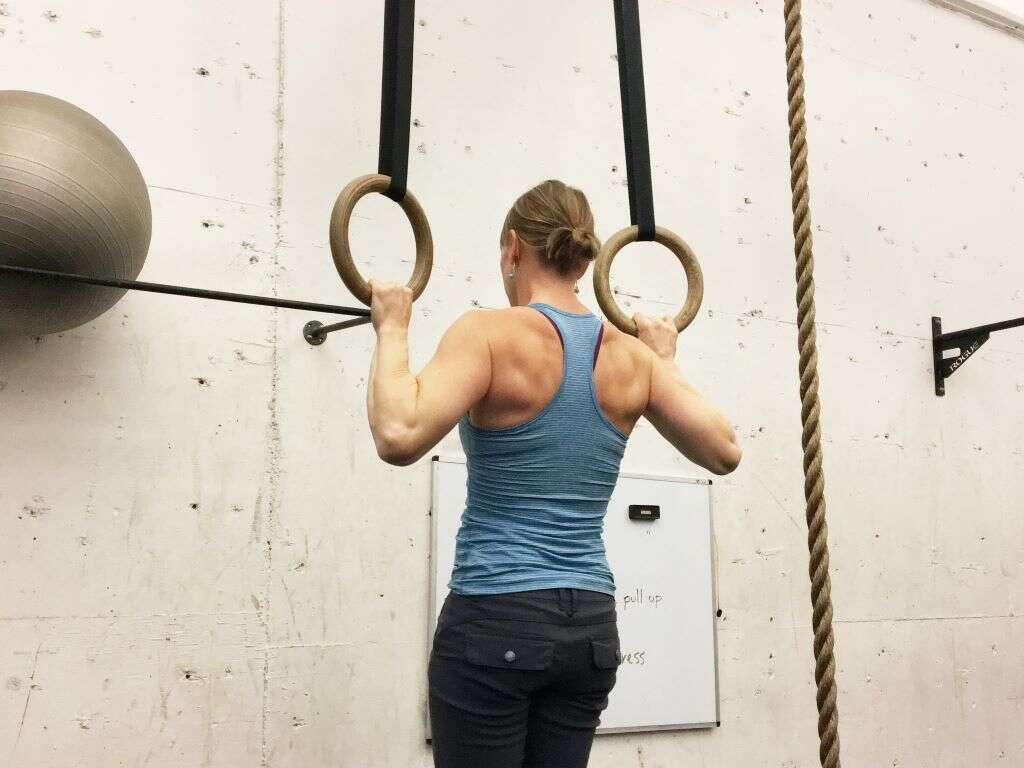10 Dislocated Shoulder Symptoms
There are several bones that are found in the shoulder joint. Your collarbone (clavicle), your shoulder blade (scapula), and your upper arm bone (humerus) combine to make this joint. The part of your upper arm connected to the shoulder joint is ball-shaped and fits into the socket of the shoulder blade, creating the area of the shoulder known as the glenohumeral joint. In a healthy person free from injury, this ball (the head of the humerus) will remain tightly in the socket. Unfortunately, many people have experienced the painful and uncomfortable sensation that is dislocating their shoulder—a problem in which the ball pops out of the socket
There are two different types of dislocation: partial and full. During a partial dislocation, the head of the humerus partly pops out of the socket; during a full dislocation, the head of the humerus pops out entirely. The latter is often more painful and presents significantly more medical problems than a partial dislocation. There are a number of things that can lead to a dislocated shoulder. Being the most mobile joints in the human body, these joints are also the easiest to dislocate. Some of the most common things that can cause shoulder dislocations include sports injuries, falls, seizures, and accidents from vehicles or heavy machinery.
If you suspect that your shoulder is dislocated then you should make a point of seeking medical attention immediately. While you’re waiting for medical attention, there are a few things that you should keep in mind. At all costs you should avoid moving the joint—this will cause pain and discomfort and can extend the healing process. Trying to set the joint without the aid of a doctor can also cause further damage. Putting ice on the joint can help to eliminate some of the pain and make it more comfortable for you while waiting for medical attention. If you suspect that you have dislocated your shoulder, it could be useful to read the following list of symptoms. Doing so can help you determine whether or not you need to seek medical attention.

Symptom #1: Deformed Shoulder
One of the most common visual signs associated with a shoulder dislocation is physical deformity. The head of the humerus pops out of the socket, so you may be able to actually observe this change by looking at the shoulder.
If the shoulder area seems to be misshapen, has a large bump or indent, then you may have dislocated the shoulder joint. If you’re experiencing this in conjunction with some other symptoms then you should consider seeing a doctor.
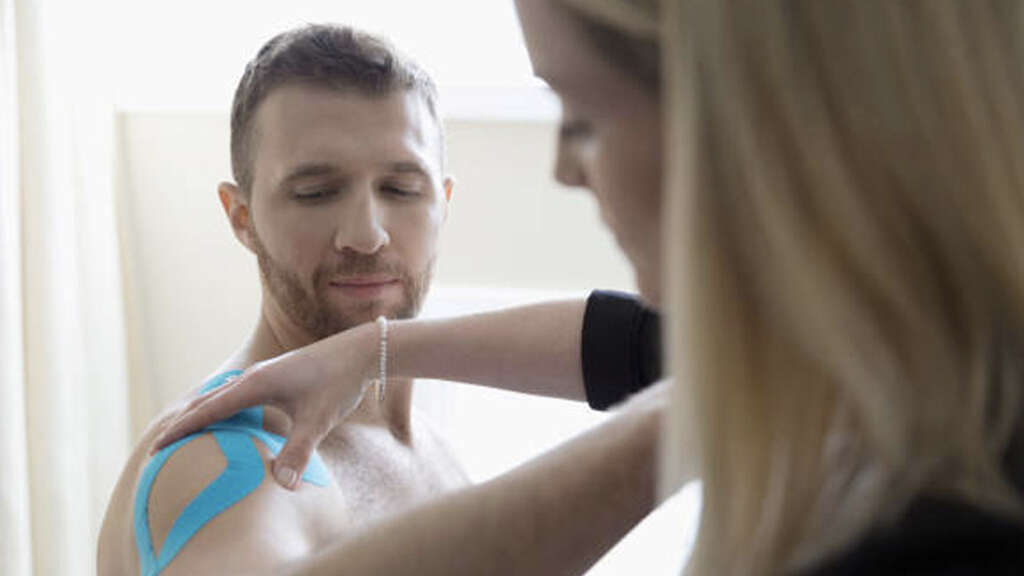
Symptom #2: Pain
Another one of the most obvious symptoms of a shoulder dislocation is pain. The pain can range from relatively moderate to quite severe.
It’s important to note that there are a lot of things that can cause pain in the shoulder region, and not all of them are a reason to believe that you have a dislocated shoulder. If you’re experiencing pain in conjunction with some of these other symptoms, however, you might want to get yourself checked in to an emergency facility.

Symptom #3: Swelling
Another thing that you might experience if you have dislocated your shoulder is swelling in the area.
Swelling can occur in the shoulder joint, making it appear larger than normal or misshapen. Swelling would also be apparent when touching the region. Swelling is most often accompanied by some degree of pain in the case of a shoulder dislocation.
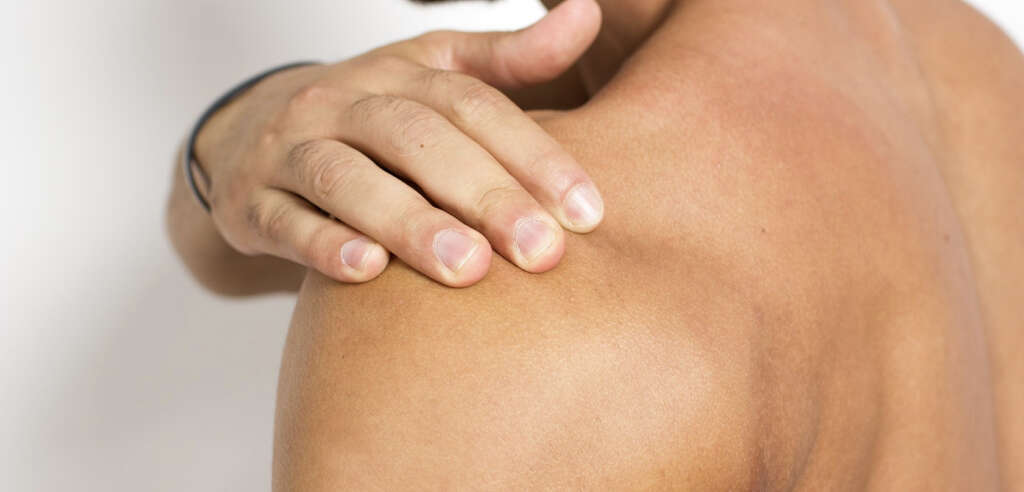
Symptom #4: Tenderness
While it’s most likely that you will experience a degree of pain when you have dislocated your shoulder, it’s also possible that you will experience tenderness in the area. Tenderness is different than pain in that it generally isn’t noticed unless pressure is applied directly to the area.
If you have dislocated your shoulder then the shoulder area may feel hypersensitive or uncomfortable to the touch. If this is noted in addition to other symptoms then you could assume that you have some sort of shoulder injury.

Symptom #5: Bruising
Bruising occurs when a blood vessel has been damaged and blood spills out into the tissue surrounding the damaged vessel.
It’s not uncommon for people who have dislocated their shoulder to also damage some of the vessels and ligaments surrounding the joint, so bruising is another common symptom of a dislocated shoulder.

Symptom #6: Out-of-Place Shoulder
You might not always be aware of the placement of your shoulder when it’s in good shape. However, if you have dislocated your shoulder, chances are that your shoulder will seem a little bit out-of-place. It can seem to be positioned a bit further to the left or right, seem higher up, or feel lower than usual.
If this is the case, and your shoulder is in pain, you should consider seeking medical attention.
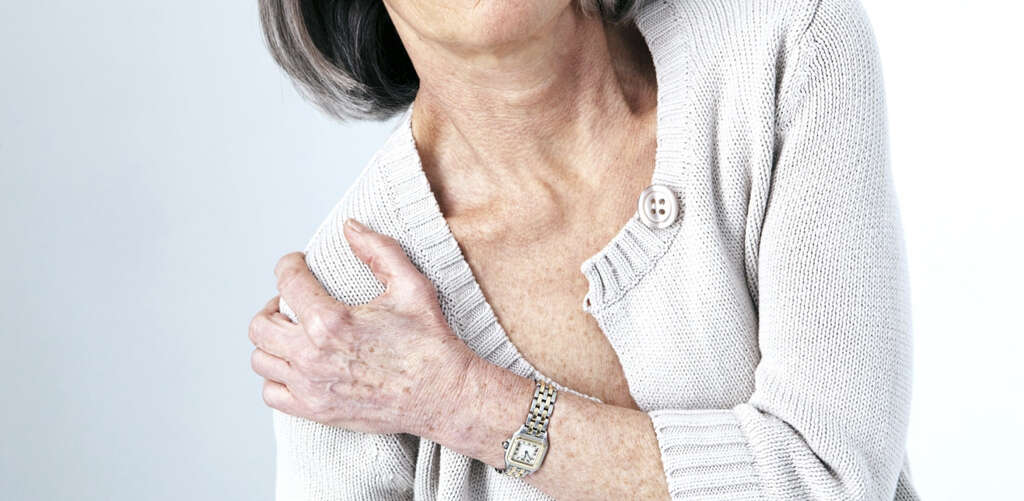
Symptom #7: Numbness
It’s possible to experience numbness in the local area of the shoulder. This can occur if some of the nerves in the area are damaged as a result of the injury.
Numbness can also occur at other areas that are affected by the same nervous circuit, so you may experience it further down your arm or somewhere in your neck.
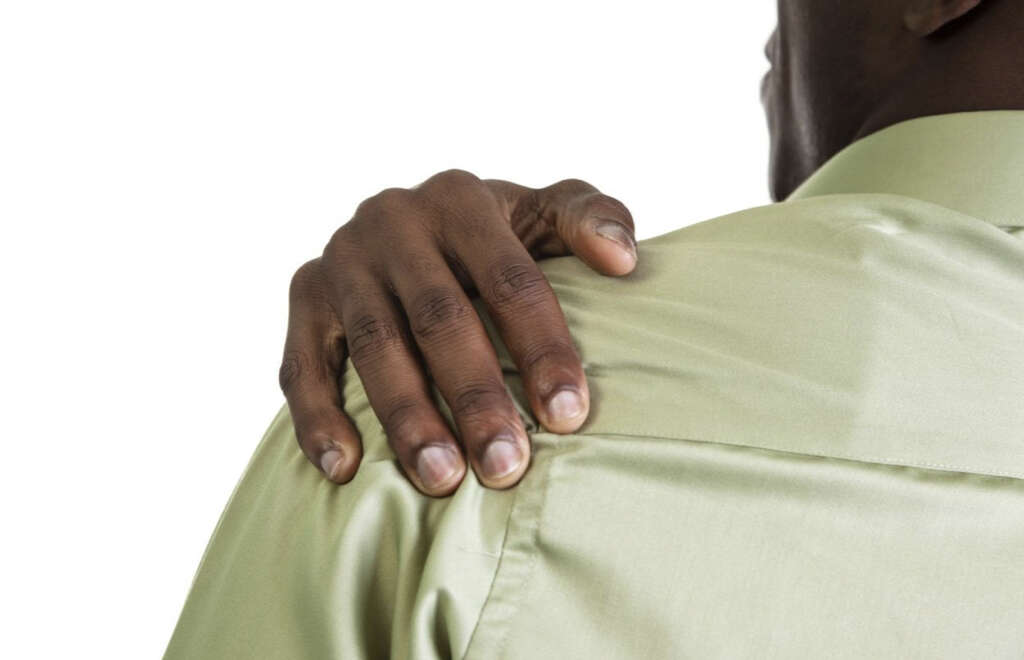
Symptom #8: Difficulty Moving
Another thing that you’ll probably notice is that you’ll have a hard time actually moving the shoulder joint.
This can make it difficult to perform a wide range of daily tasks ranging from washing the dishes to driving a vehicle. It’s best to avoid moving the shoulder joint whenever possible to accelerate the healing process.
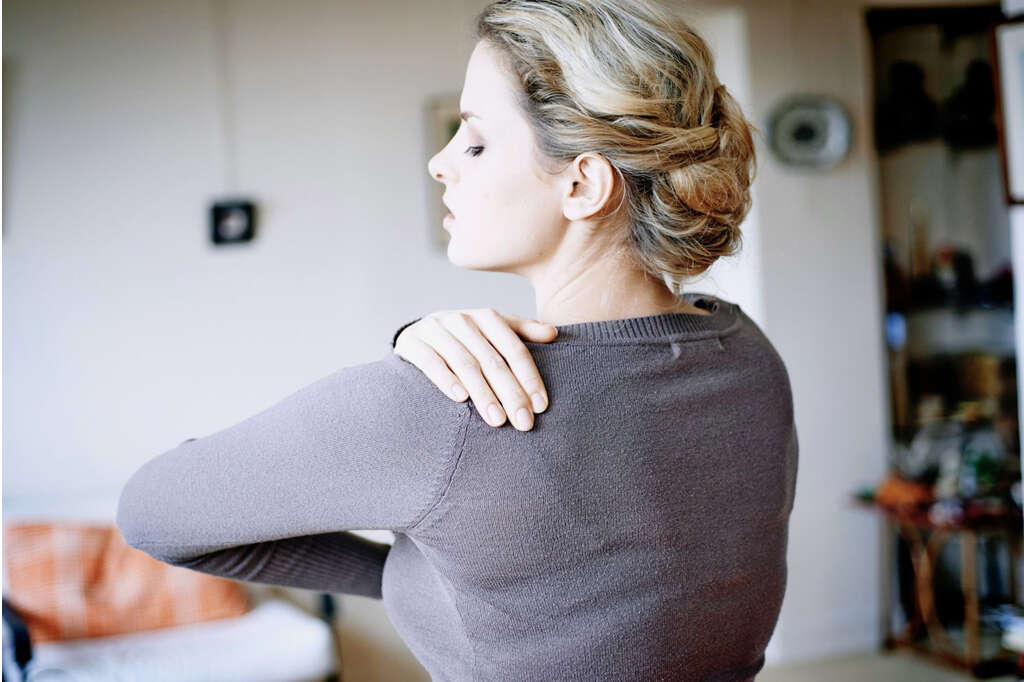
Symptom #9: Tingling
Another sign of nervous damage is tingling in the area affected by the damaged nerves. In the case of a shoulder injury, tingling can occur in the neck, the shoulder itself, or up and down the arms.
Tingling on its own is not necessarily a sign of a shoulder injury, but if it’s recurring you might want to seek some medical help to identify the source of the problem.

Symptom #10: Muscle Spasms
Muscle spasms or twitching of the muscles are another thing that you might experience as a result of a shoulder dislocation. Muscle spasms can be very irritating but are not often painful on their own.
If you’re experiencing spasms in addition to pain and some of the other symptoms on this list, you might want to seek help from a medical professional.
